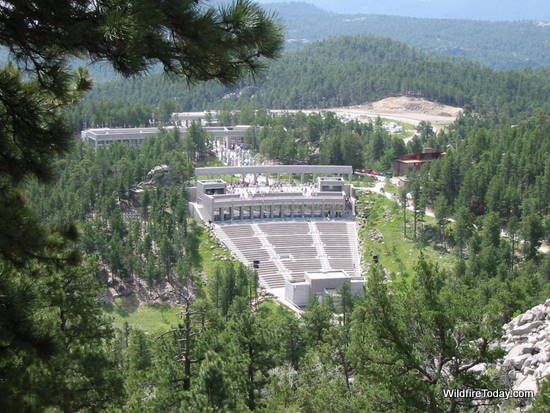Last week the Secretary of the Department of Sustainability and Environment (DSE) in Victoria, Australia told the Royal Commission that is looking into last year’s Black Saturday fires that he would not support a 4 to 6 percent increase in prescribed burning, partly because the science was still developing.
But a seven-member panel made up of fire ecologists, CSIRO fire researcher Phil Cheney, and Jerry Williams, former Chief of the U. S. Forest Service, said there is plenty of science available to support burning 5 to 10 percent of Victoria’s forests each year.
Cheney said a good prescribed fire will stop a bushfire for one to two years, and after three years will have a “profound effect” in reducing the rate of spread. For as long as 20 years embers and flame height will be reduced.
Jerry Williams said prescribed fire had an effect even in extreme conditions.
A person might say the science of prescribed burning has been developing for many centuries since indigenous people began routinely setting prescribed fires to enhance the habitat for the plants and animals they needed for survival. In 1804 and 1805 Lewis and Clark documented the use of prescribed fire by native Americans (but at least one of them had an unfortunate result). At some point we have to admit that the science has reached a level of maturity.
Abraham Lincoln said:
Things may come to those who wait…but only the things left by those who hustle.
From the DSE’s Fire Ecology web page:
Fire is a natural part of the Australian environment and has been so for millions of years. Natural ignition (lightning) and indigenous burning practices have shaped our ecosystems over tens of thousands of years.
From Bill Gabbert, February 22, 2010:
Prescribed fire, when applied wisely by experienced fire management personnel, is an essential land management tool.
via @FireInfoGirl



